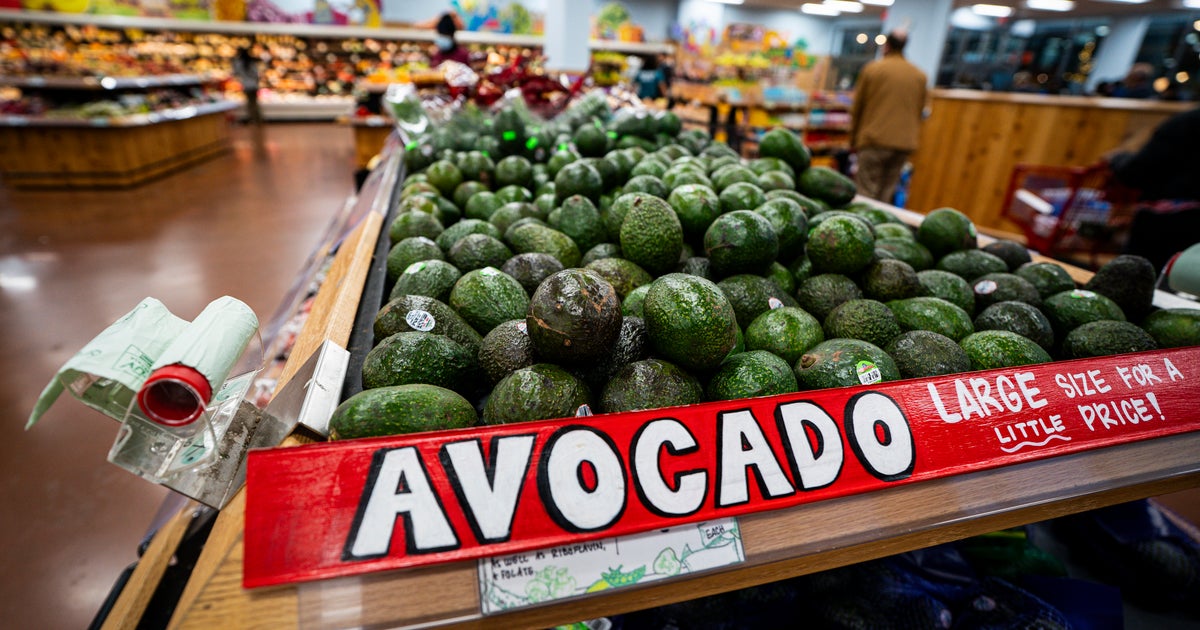A new sign of the labor crunch: $20 an hour for babysitting
Workers across many U.S. industries are enjoying the best pay hikes they've had in years thanks to a labor shortage caused by the COVID-19 pandemic. And one traditionally underpaid occupation that's getting a major pay bump: babysitting.
Average pay for a babysitter jumped 11% last year to $20.57 an hour for caring for one child, according to a new analysis from UrbanSitter, which connects babysitters with families looking for help. That jump means babysitting' wages are outpacing inflation, which rose 7% in December compared with the prior year.
That's great news for babysitters, but it adds up to higher costs for families already struggling with inflation for other goods and services.
As with some other fields, babysitters are able to charge more because there is currently a shortage of providers. That demand also lets care givers push for better working conditions, such as a guarantee of minimum work hours, said Lynn Perkins, the founder and CEO of UrbanSitter.
"I'm excited to see this, as this has traditionally been an underpaid, under-seen labor force," Perkins said. "They can even charge a premium. They can say, 'I will work for just you, but I need this rate and X number of hours.'"
Babysitting rates usually rise in line with inflation, prompting Perkins to describe the recent pay jump as "shocking."
Families are already strained by childcare costs, which on average now consume nearly a third of women's income. Many childcare centers are also closing as they struggle to find people to hire, such as the Manchester School for Young Children in Topeka, Kansas, which told CBS News it couldn't find qualified workers.
At the same time, teenagers — a major pool of babysitting talent — are increasingly finding jobs at restaurants and other businesses that are desperate for workers. The teen jobless rate dipped below 10% last year, marking the best employment situation for teenagers since 1953. That shift has contributed to a 10% decline in the number of childcare workers from before the pandemic, according to the Washington Post.
With more professionals working remotely almost three years into the pandemic, some families are opting for babysitters for their children rather than the traditional childcare setting, Perkins added.
"It's like the perfect storm of inflation and supply and just getting a lot more demand for individual care providers," she noted. "We have more demand because a lot of families have decided with flexible work schedules that returning to a traditional daycare doesn't make sense for their families."
The babysitters on UrbanSitter's site tend to be older than the typical teenage sitter, such as people in their 20s who are getting a master's degree and want to earn money on the side. Perkins said she's also seen more preschool teachers come onto the site to seek employment during the pandemic, which could be due to a desire to care for one or two kids instead of multiple children in a classroom.
They may also earn more through private babysitting, since the median pay for a childcare worker in 2020 was $12.24 an hour, according to government data.
Babysitters in big coastal cities earn the highest rates for their work, the UrbanSitter analysis found. San Francisco parents with two children pay more than $26 an hour, while families in New York City pay an average of almost $25 an hour to watch two children, the site reported. The lowest rates tend to be in the Southwest, with parents in San Antonio, Texas, paying an average of almost $16 to watch two children.





